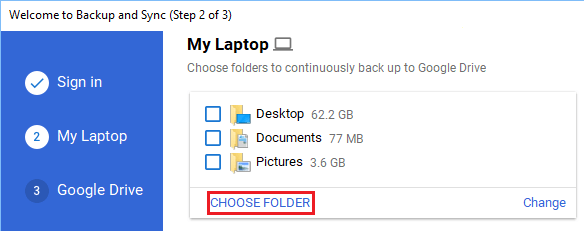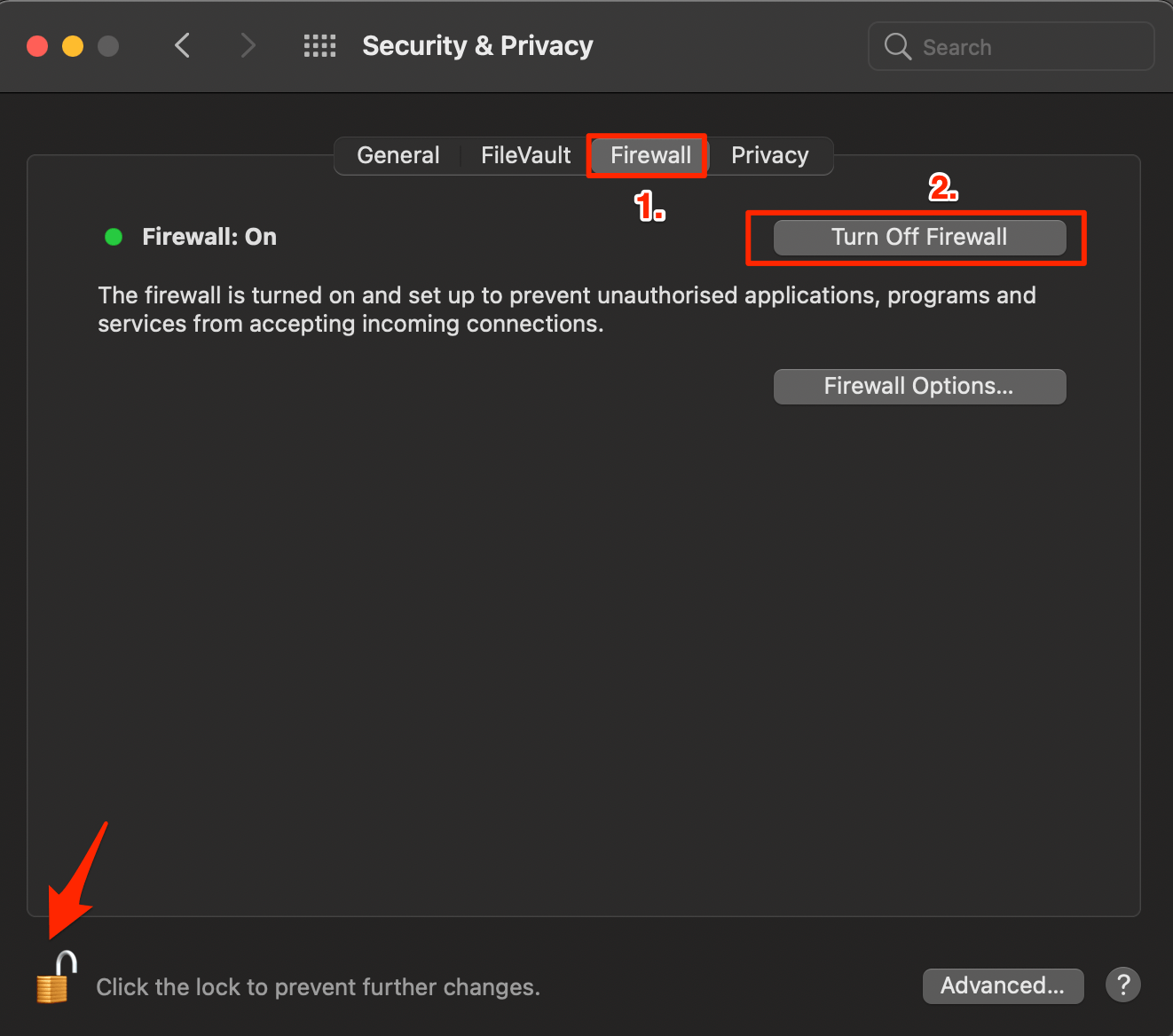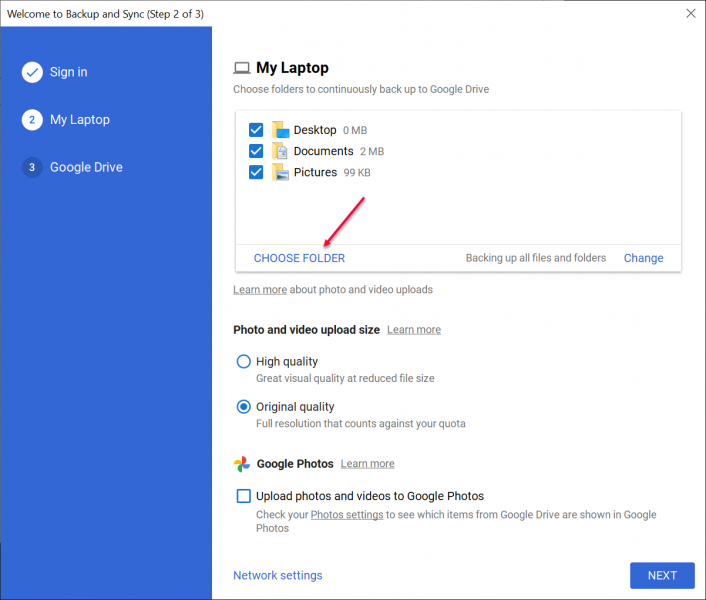
This means there’s always a copy of your file or folder in one storage space when it’s deleted in the other. In Backup and Sync, you can choose not to sync deletes between your computer and Google Drive. Here are the main differences between mirroring and streaming files from some Google support documentation:

You can also choose whether certain computer files will sync with the online version or if you’d like them to be disconnected. To access all your files, including those available offline, the Drive for Desktop app must be running.

If you take a closer look, you’ll see that while both value file access convenience, Drive for Desktop has a greater focus on ensuring that users are working more around the cloud, offers more granularity in terms of sync capabilities, and provides better control over your cloud content. While Backup and Sync is mostly used to sync and store Drive locally on your computer, Drive for Desktop streams all your content from the cloud.

Google Backup and Sync and Drive for Desktop have essentially the same objective: to provide a sync solution where users can access their files in a much more convenient way. While Drive File Stream is essentially the same with Drive for Desktop, Backup and Sync users need to note some key differences (and similarities) between the past features and today’s Drive for Desktop functionalities to adopt the new solution more easily.

This tool will address IT management challenges caused by the confusion between their two previous sync solutions, Drive File Stream and Backup and Sync. Google recently announced a unified sync solution for all their users called Drive for Desktop.


 0 kommentar(er)
0 kommentar(er)
